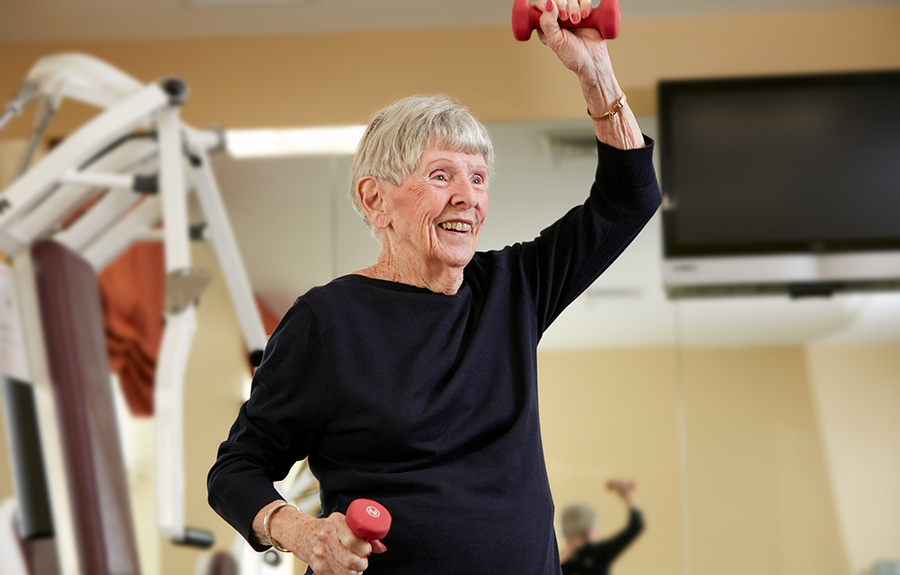The Background on Diabetes
Diabetes is a chronic disease that affects the body’s ability to move sugar – or glucose – out of the blood and into the cells where it is the body’s primary fuel. Glucose comes from the body’s breakdown of food. People who don’t have diabetes rely on insulin, a hormone made in the pancreas, to move glucose out of the blood and into the body’s billions of cells. But people who have diabetes don’t produce insulin, or can’t efficiently use the insulin they produce. The result is a lack of glucose to the cells. With some assistance and the right diet managing diabetes in the elderly can be managed.
Close to 16 million people in the United States – nearly one out of every 16 people – have been diagnosed with diabetes. Common symptoms include intense thirst, the need to urinate frequently, blurred vision, fatigue, and other symptoms. Over time, the high levels of glucose that remain in the blood rather than being transferred to the cells can cause very serious medical problems such as heart disease, stroke, cardiovascular diseases, kidney disease, eye disease, recurring infections of the skin, and nervous system disorders.
Adding up the toll of diabetes complications makes the disease one of the nation’s leading causes of death. But there is good news. The disease can be managed. All complications of diabetes can be prevented by practicing what is known as “tight control.” This includes diligently following a regiment of medication, proper diet and food intake monitoring, as well as appropriate exercise. It takes time and energy, but many diabetics do it successfully and live full lives without much trouble.
Concerns and Solutions for Managing Diabetes in the Elderly
The “tight control” needed to properly manage diabetes can become more difficult for the frail elderly. The elderly experience changes in eyesight, decreases in certain physical abilities, losses in taste and appetite, and a tendency toward a more sedentary lifestyle. These factors work against the accomplishment of the “tight controls” such as required daily testing of the blood’s glucose levels, the strategic adjustments needed in food intake, the careful regulation of medications, and the continued need for therapeutic exercise. Additionally, the elasticity and strength of skin lessens with age making the skin more difficult to heal from skin infections.
Even so, the disease can be managed. With a little extra help and a planned approach to the special needs of the elderly with diabetes, they can continue to enjoy a full life and be as independent as possible. The following is a checklist that can assist in the necessary management of diabetes in the elderly.
- Consult a physician for diagnosis and a management program.
- Learn about the disease, it’s symptoms and effects.
- Understand the necessary interventions such as daily blood glucose monitoring and how any necessary assistance can be provided.
- Become familiar with drug and diet therapy to normalize blood glucose levels. Information should be available through health care organizations along with preprinted charts for accurate record keeping.
- Know when to contact physicians and other assistance resources.
- Schedule regular eye exams, skin assessments, and podiatrist visits as important screening mediums for prevention of complications.
- Plan suitable exercise activities in a safe environment. Increasing muscle helps the body use insulin more efficiently.
- Stay alert to changes.
Make sure members of all health teams are made aware of the diabetes diagnosis to decrease complications associated with any injuries.
For additional tips on the special care needed by the elderly with diabetes, contact your local Diabetes Association.

